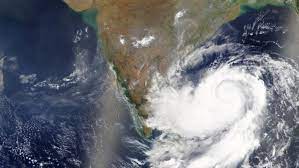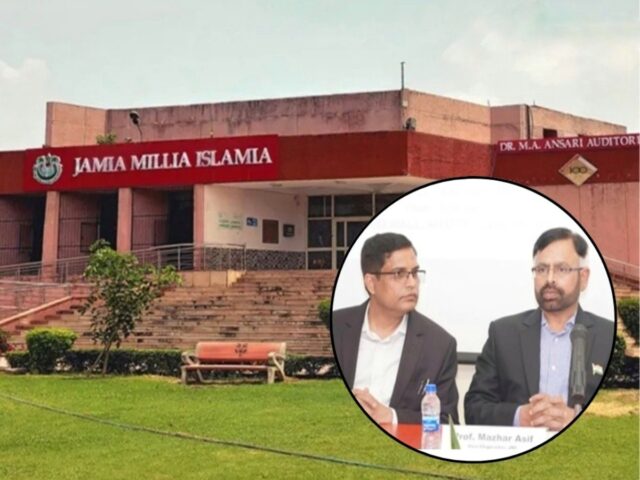Increased intensity of severe cyclonic storms in the North Indian Ocean region

According to a recent study by Indian scientists, an increasing trend in the intensity of severe cyclonic storms has been observed over the northern Indian Ocean region during the last four decades. The increasing intensity of severe cyclonic storms with key socioeconomic aspects was due to atmospheric parameters such as relatively higher humidity, weaker vertical wind shear and warmer sea surface temperature (SST) especially at mid atmospheric level. This indicates the role of global warming in this growth trend.
The impact of global warming due to climate change and its effect on high intensity and high frequency tropical cyclones forming over global ocean basins is a matter of concern. High-intensity storms are now more frequent in the northern Indian Ocean, threatening coastal areas with heavy damage.
Jia Albert, Athira Krishnan and Prasad K. of the Department of Ocean Engineering and Naval Architecture, IIT Kharagpur in collaboration with the Department of Science and Technology, Government of India under the Climate Change Program (CCP). A team of scientists, including Bhaskaran, led by K.S. of the Center for Disaster Mitigation and Management, VIT University, Vellore. Singh jointly studied the role and impact of large-scale environmental flows and important atmospheric parameters in the El Nio-Southern Oscillation (ENSO) on tropical cyclone activity in the northern Indian Ocean. This research, which shows a remarkable correlation with a measure on tropical potential, called the Power Dissipation Index, was recently published in the Springer Journal of Climate Dynamics. Notably, tropical cyclones formed during the pre-monsoon season showed an increasing trend. In the recent decade (post 2000), this trend was observed to be more pronounced in both the Bay of Bengal and the Arabian Sea basins.
The study findings indicate strong mid-level relative humidity (RH), positive low-level relative vortex (RV), weak vertical wind shear (VWS), warm sea surface temperature (SST) and suppressed out-going longwave radiation. (OLR) are responsible for the increased activity of tropical storms in the northern Indian Ocean. It was found that Rh, RV, VWS are prominent during the pre-monsoon season of La Nia, and this leads to the formation of several severe cyclones in the region. Environmental influencing factors such as SST, wind streamliners, vertical velocity and specific humidity displayed comparable contributions towards cyclone formation during the El Nio and La Nia phases.
Examining the role of additional parameters, such as water vapor and regional sea level pressure, revealed a possible link between La Nia years on the increased intensity of tropical cyclones. The study reported an increased amount of water vapor in the troposphere and this increase was 1.93 times during the last 38 years compared to the base year 1979. During the last two decades (2000-2020), the number of severe cyclones in La Nia years was almost twice that of El Nio years. Additionally, the positional changes in the average cyclogenesis of intense cyclones in the Bay of Bengal during La Nia years are similar to those observed in the western North Pacific Ocean basins. An increasing trend was also observed in the climatic distribution of water vapor content during these years, increasing the frequency of severe cyclones and their greatest impact in the Andaman Sea and North China Sea regions.
The new findings of this study are expected to augment advanced research into tropical cyclone activities in the northern Indian Ocean region and may also provide the potential for detailed investigations on possible relationships and teleconnections with other climate indices in the north Indian Ocean.





